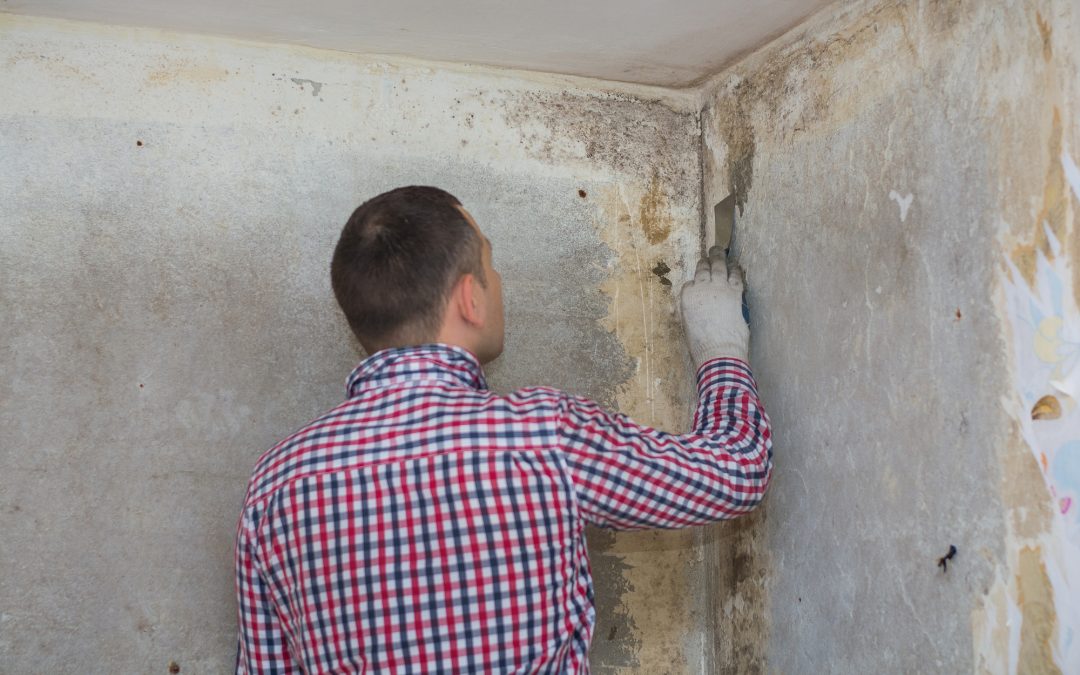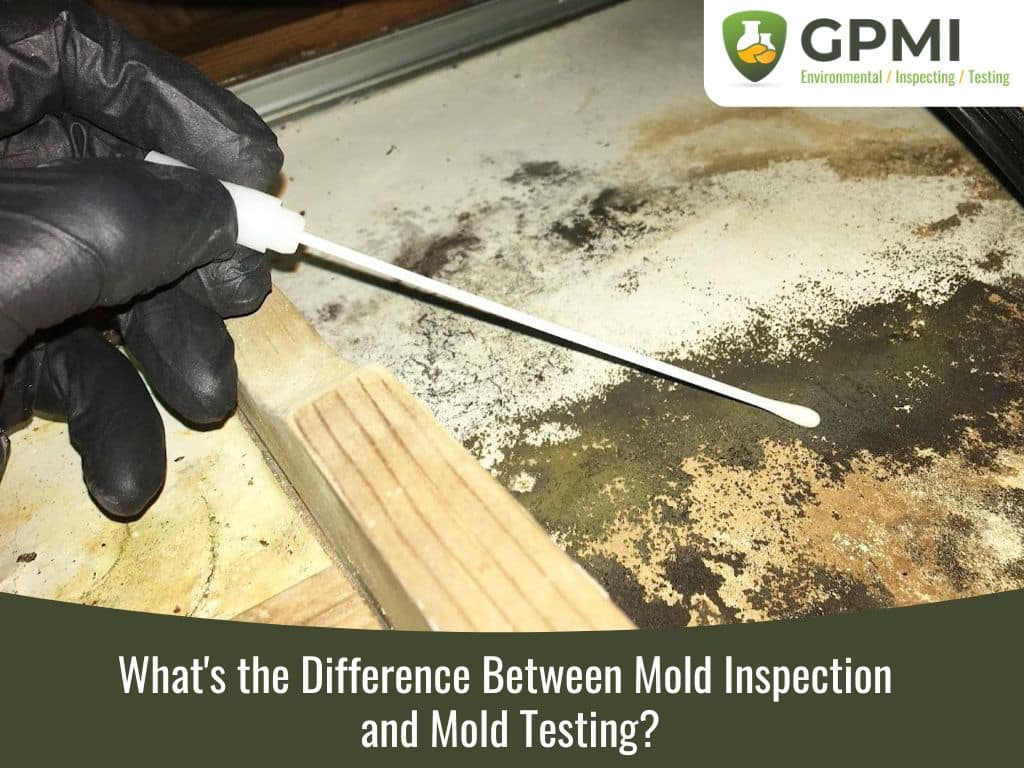Crucial Steps After Mold Remediation
Crucial Steps After Mold Remediation
Blog Article
Your Ultimate Guide to Blog Post Mold Removal Techniques
Browsing the world of post-mold remediation strategies is a thorough procedure that demands interest to information and a comprehensive understanding of the ins and outs involved. In the consequences of mold problem, recognizing exactly how to effectively eradicate the mold and mildew and avoid its reoccurrence is critical for keeping a healthy and balanced indoor setting. From choosing the appropriate cleaning and disinfecting techniques to applying strategies for long-term mold and mildew prevention, each action in the remediation trip plays a critical function in ensuring an effective outcome. As we start this exploration of post-mold removal techniques, we will certainly discover the vital techniques and best methods that can aid you recover your space to its pre-mold condition and guard it versus future mold threats.
Comprehending Post-Mold Removal Process
After completing the mold and mildew removal procedure, it is crucial to understand the post-mold removal techniques that are necessary to ensure a reliable and complete clean-up. When the mold and mildew has been removed, the following action includes cleaning and sanitizing the affected locations to stop any kind of regrowth of mold. This includes using specialized cleansing representatives to clean down surfaces and kill any kind of staying mold and mildew spores. It is necessary to dry out the location entirely to dissuade the growth of mold and mildew in the future (Post Mold Remediation Report). Appropriate ventilation and dehumidification can help in this process.
In addition, carrying out a last inspection post-remediation is crucial to ensure that all mold has actually been successfully eliminated. This examination ought to include a thorough aesthetic check as well as potentially air tasting to validate the lack of mold spores in the air. If the examination reveals any kind of remaining mold and mildew, additional remediation may be required. Educating occupants on precautionary actions such as regulating dampness degrees and promptly resolving any kind of water leakages can aid maintain a mold-free environment.
Effective Cleaning and Disinfecting Approaches

Protecting Against Future Mold And Mildew Development

Importance of Correct Air Flow
Appropriate ventilation plays a critical function in preventing dampness accumulation, a key variable in mold development within indoor settings. Effective air remove mold release agent flow systems help get rid of excess moisture from the air, lowering the chances of mold and mildew spores finding the wetness they need to germinate and spread out. Without adequate air flow, interior spaces can end up being a breeding place for mold, leading to potential wellness risks and structural damages.
By guaranteeing appropriate air blood circulation, ventilation systems can additionally help in drying out wet areas a lot more quickly after water damage or flooding occurrences, better deterring mold and mildew development. After mold remediation. Precede like shower rooms, basements, kitchen areas, and attic rooms where moisture degrees tend to be higher, setting up and preserving reliable air flow systems is vital in preventing mold infestations

Tracking and Maintenance Tips
Given the important function that proper air flow plays in avoiding mold and mildew growth, it is vital to establish efficient monitoring and upkeep suggestions to ensure the ongoing capability find of air flow systems. Normal assessments of ventilation systems need to be carried out to check for any type of signs of obstructions, leakages, or malfunctions that can hinder correct air flow. Tracking moisture levels within the residential or commercial property is additionally essential, as high humidity can add to mold development. Installing a hygrometer can assist track humidity levels and sharp house owners to any kind of spikes that may call for attention. In addition, making certain that air filters are on a regular basis cleaned up or replaced is essential for preserving the performance of the ventilation system. Applying a schedule for routine maintenance jobs, such as air duct cleaning and a/c system inspections, can help avoid concerns prior to they rise. By staying conscientious and aggressive to the problem of air flow systems, homeowner can properly minimize the threat of mold and mildew regrowth and keep a healthy and balanced interior setting.
Conclusion
To conclude, post-mold remediation techniques are essential for ensuring a safe and tidy setting. Comprehending the process, applying efficient cleansing and disinfecting techniques, avoiding future mold and mildew development, maintaining appropriate ventilation, and normal tracking are all essential actions in the remediation process. By complying with these guidelines, you can efficiently eliminate mold and mildew and avoid its return, promoting a healthy and balanced living or functioning room for all occupants.
In the aftermath of mold infestation, understanding just how to efficiently get rid of the mold and stop its reoccurrence is paramount for preserving a healthy indoor setting. Once the mold and mildew has actually been removed, the following action involves cleansing and decontaminating the impacted areas to protect against any regrowth of mold and mildew Go Here - Post remediation mold testing near me. After getting rid of noticeable mold growth, it is vital to cleanse all surfaces in the affected area to get rid of any kind of continuing to be mold and mildew spores. To further improve mold prevention procedures, it is crucial to address underlying issues that at first led to mold advancement.Provided the important duty that correct air flow plays in preventing mold growth, it is critical to develop reliable surveillance and upkeep pointers to make certain the ongoing capability of air flow systems
Report this page